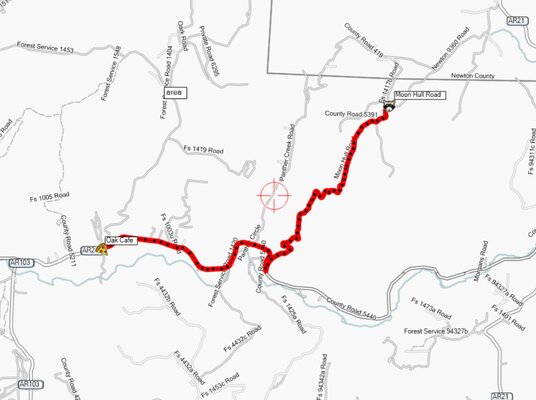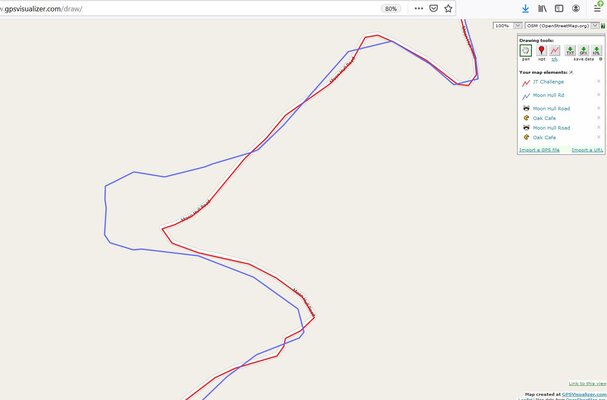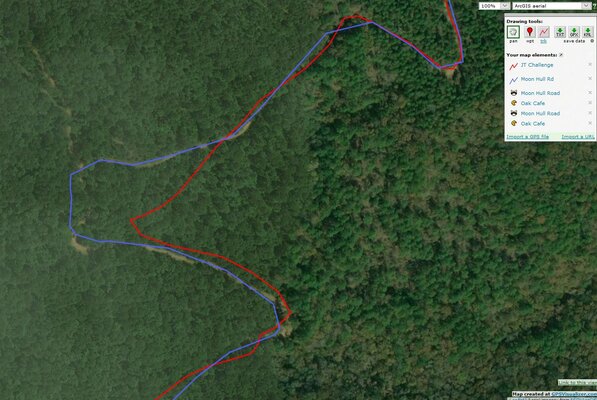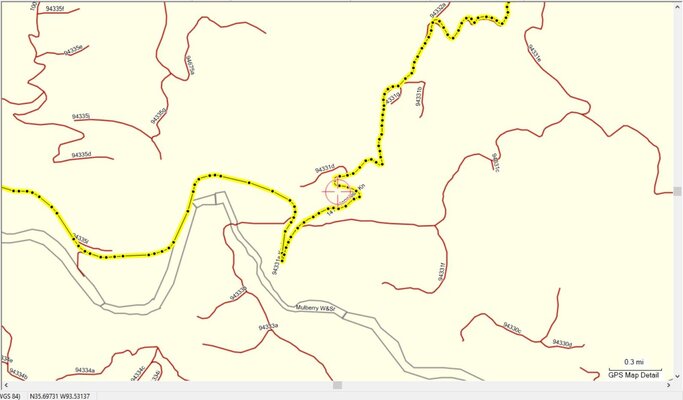MotoTex
0
I remember having some growing pains with Basecamp software early on. Overall, I've had success planning interesting routes on rural roads and having these routes install easily, and, not be changed by the 660. It has really been enjoyable using this tool to discover roads I haven't ridden before, and allows me to take the favored back roads to smell the flowers, enjoy the scenery, and avoid traffic.
The Zumo 590 was a complete disappointment.
Because these behaviors of rerouting an uploaded route seem to sporadically change from model to model I'm highly motivated to spend hours reading other's experiences with specific use scenarios on any model of GPS before I would consider purchasing it.
Despite its quirks, Basecamp has been the best planning software I've used. It has been a few years since I've experimented with other Navigation software, so that may have changed.
It would be nice to have a small tablet-size device that had mapping, waypoint data for gas, food, lodging, and a PC-based mapping/planning software. My experience with a few of the Android navigation apps has left me unimpressed, as it has been quite a burden to get useful results. These attempts were on an Android HU in a van. I now find myself planning those trips on Basecamp and taking the Zumo 660 along instead.
I was intrigued by Focus Frenzy's TomTom recommendation, until I read that it doesn't support open source maps, and, it being based in the Netherlands, that some reviewers indicate how its US maps aren't as detailed as it EU maps. For anyone traveling primarily on pavement and who has no interest in open source maps, the TomTom looks like a a good choice that is otherwise feature rich.
Bottom line, it is annoying that a consumer has to learn and know so much in order to successfully cull the appropriate model from a manufacturer's lineup. Basic functionality such as importing custom routes as they are should be a no-brainer. Unfortunately, it isn't. Until you have used a GPS and had problems it is challenging to know what to look for when reading forums and reviews to filter out the right model to buy.
The Zumo 590 was a complete disappointment.
Because these behaviors of rerouting an uploaded route seem to sporadically change from model to model I'm highly motivated to spend hours reading other's experiences with specific use scenarios on any model of GPS before I would consider purchasing it.
Despite its quirks, Basecamp has been the best planning software I've used. It has been a few years since I've experimented with other Navigation software, so that may have changed.
It would be nice to have a small tablet-size device that had mapping, waypoint data for gas, food, lodging, and a PC-based mapping/planning software. My experience with a few of the Android navigation apps has left me unimpressed, as it has been quite a burden to get useful results. These attempts were on an Android HU in a van. I now find myself planning those trips on Basecamp and taking the Zumo 660 along instead.
I was intrigued by Focus Frenzy's TomTom recommendation, until I read that it doesn't support open source maps, and, it being based in the Netherlands, that some reviewers indicate how its US maps aren't as detailed as it EU maps. For anyone traveling primarily on pavement and who has no interest in open source maps, the TomTom looks like a a good choice that is otherwise feature rich.
Bottom line, it is annoying that a consumer has to learn and know so much in order to successfully cull the appropriate model from a manufacturer's lineup. Basic functionality such as importing custom routes as they are should be a no-brainer. Unfortunately, it isn't. Until you have used a GPS and had problems it is challenging to know what to look for when reading forums and reviews to filter out the right model to buy.



 Feel free to hang out and lurk as long as you like. However, we would like to encourage you to
Feel free to hang out and lurk as long as you like. However, we would like to encourage you to 



